
WE do not lead an exciting life at Spring Cottage! We like to spend days in the garden, stopping for a cold drink midmorning to bask on the south-facing seat at the front of the house.
Recently we’ve been shadowed by a dunnock that has perched just 3ft (1m) away and stands stock-still. At first we thought this bird was trying to befriend us, but eventually we realised that he or she was guarding a nest in the winter-flowering clematis above our heads. We have had to abandon the seat until further notice!
The dunnock (Prunella modularis) is a sleek, greyish-brown bird with a thin pointed beak. It creeps around in the undergrowth, rather like a mouse, and in summer it feeds on small beetles, snails, spiders and flies. In winter, when its living food supply dwindles, it relies on small seeds. Our personal dunnock tops up on fat balls throughout the year.
Although known as a hedge sparrow, the dunnock isn’t a true sparrow. The BTO (British Trust for Ornithology) tells us that it belongs to a family called the Accentors. Originating in the Himalayas, these are cover-loving insectivorous birds with sharp, pointed bills.
This story is from the June 20, 2020 edition of Amateur Gardening.
Start your 7-day Magzter GOLD free trial to access thousands of curated premium stories, and 8,500+ magazines and newspapers.
Already a subscriber ? Sign In
This story is from the June 20, 2020 edition of Amateur Gardening.
Start your 7-day Magzter GOLD free trial to access thousands of curated premium stories, and 8,500+ magazines and newspapers.
Already a subscriber? Sign In
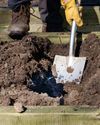
To dig or not to dig?
Should we be carrying out a full dig on plots now? Bob considers the pros and cons of the 'autumn dig' debate
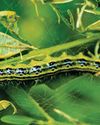
The box ball blues
As if his beleaguered box hadn't already taken a beating, Toby now has to deal with some hungry box caterpillars
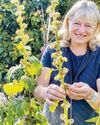
Save your own seeds
Masterclass on: seed saving
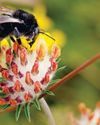
Strange sightings
Three unusual insects turn up in Val's garden in one day

A bolt from the blue!
Cornflowers are perfect for garden and vase
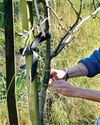
Winter moth prevention
Ruth shows you how to avoid maggoty tree fruits
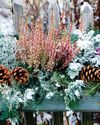
Create a winter container
There are as many options as in summer
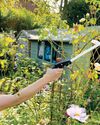
Lightweight gardening tools
AS well as being good for our mental health, gardening is also great exercise.

Autumn price round-up
AG finds better bargains in lesser-known brands
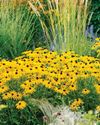
Rudbeckias
Rudbeckias are ideal for sunny summer patios and borders, with some able to survive our coldest winters